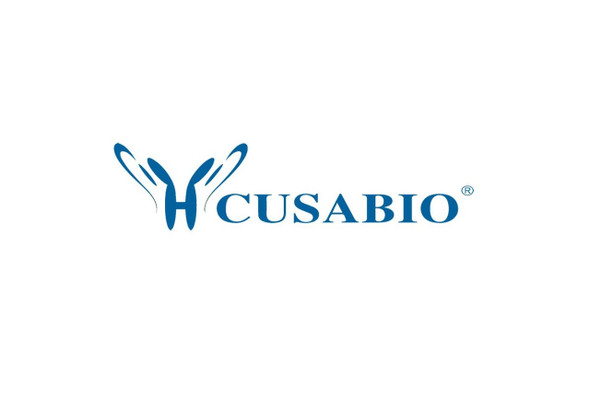Cusabio Rattus norvegicus Recombinants
Recombinant Rat D-amino-acid oxidase (Dao) | CSB-EP006494RA
- SKU:
- CSB-EP006494RA
- Availability:
- 3 - 7 Working Days
Description
Recombinant Rat D-amino-acid oxidase (Dao) | CSB-EP006494RA | Cusabio
Alternative Name(s): Dao1
Gene Names: Dao
Research Areas: Metabolism
Organism: Rattus norvegicus (Rat)
AA Sequence: MRVAVIGAGVIGLSTALCIHERYHPAQPLHMKIYADRFTPFTTSDVAAGLWQPYLSDPSNPQEAEWNQQTFDHLQSCLHSPNAEKMGLALISGYNLFRDEVPDPFWKSTVLGFRKLTPSELDMFPDYSYGWFNTSLLLEGKSYLSWLTERLTERGVKFIHRKVASFEEVVRGGVDVIINCTGVWAGALQADASLQPGRGQIIQVEAPWIKHFILTHDPSLGIYNSPYIIPGSKTVTLGGVFQLGNWSELNSVHDHNTIWKSCCQLEPTLKNARIMGELTGFRPVRPQVRLERERLRFGSSSAEVIHNYGHGGYGLTIHWGCAMEAANLFGKILEEKNLSRMPPSHL
Source: E.coli
Tag Info: N-terminal 10xHis-tagged and C-terminal Myc-tagged
Expression Region: 1-346aa
Sequence Info: Full Length
MW: 45.8 kDa
Purity: Greater than 85% as determined by SDS-PAGE.
Relevance: Regulates the level of the neuromodulator D-serine in the brain. Has high activity towards D-DOPA and contributes to dopamine synthesis. Could act as a detoxifying agent which removes D-amino acids accumulated during aging. Acts on a variety of D-amino acids with a preference for those having small hydrophobic side chains followed by those bearing polar, aromatic, and basic groups. Does not act on acidic amino acids.
Reference: "Rat D-amino-acid oxidase cDNA: rat D-amino-acid oxidase as an intermediate form between mouse and other mammalian D-amino-acid oxidases." Konno R. Biochim. Biophys. Acta 1395:165-170(1998)
Storage: The shelf life is related to many factors, storage state, buffer ingredients, storage temperature and the stability of the protein itself. Generally, the shelf life of liquid form is 6 months at -20?/-80?. The shelf life of lyophilized form is 12 months at -20?/-80?.
Notes: Repeated freezing and thawing is not recommended. Store working aliquots at 4? for up to one week.
Function: Regulates the level of the neuromodulator D-serine in the brain. Has high activity towards D-DOPA and contributes to dopamine synthesis. Could act as a detoxifying agent which removes D-amino acids accumulated during aging. Acts on a variety of D-amino acids with a preference for those having small hydrophobic side chains followed by those bearing polar, aromatic, and basic groups. Does not act on acidic amino acids.
Involvement in disease:
Subcellular Location: Peroxisome
Protein Families: DAMOX/DASOX family
Tissue Specificity:
Paythway:
Form: Liquid or Lyophilized powder
Buffer: If the delivery form is liquid, the default storage buffer is Tris/PBS-based buffer, 5%-50% glycerol. If the delivery form is lyophilized powder, the buffer before lyophilization is Tris/PBS-based buffer, 6% Trehalose, pH 8.0.
Reconstitution: We recommend that this vial be briefly centrifuged prior to opening to bring the contents to the bottom. Please reconstitute protein in deionized sterile water to a concentration of 0.1-1.0 mg/mL.We recommend to add 5-50% of glycerol (final concentration) and aliquot for long-term storage at -20?/-80?. Our default final concentration of glycerol is 50%. Customers could use it as reference.
Uniprot ID: O35078
HGNC Database Link: N/A
UniGene Database Link: UniGene
KEGG Database Link: KEGG
STRING Database Link: STRING
OMIM Database Link: N/A









